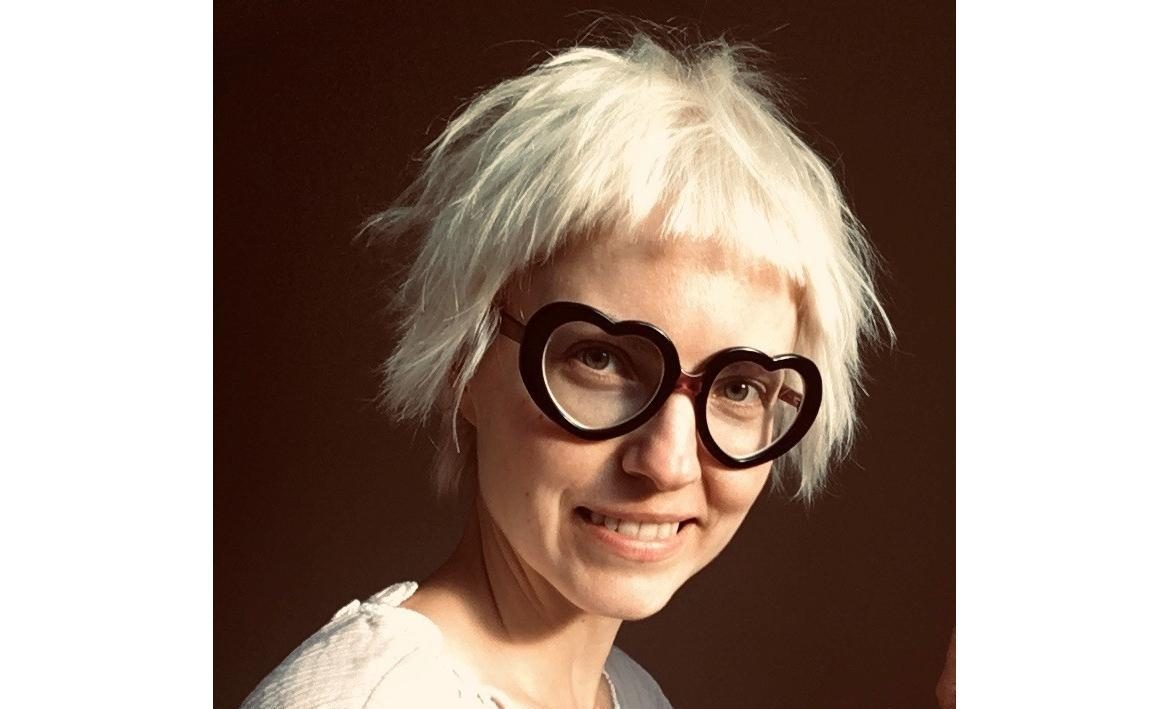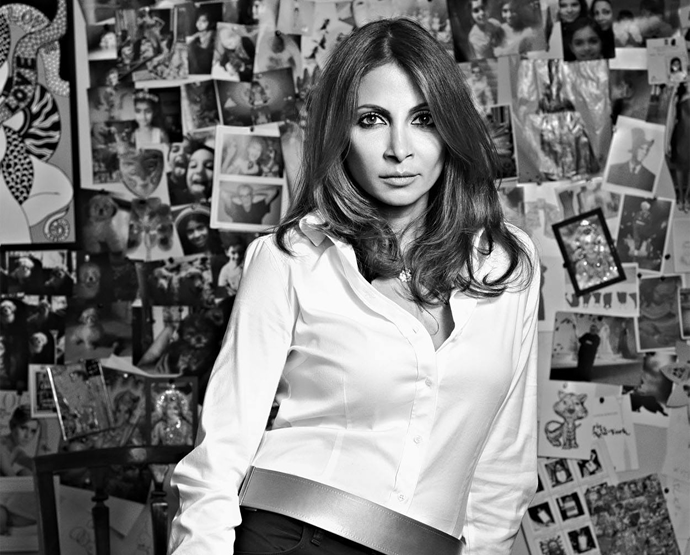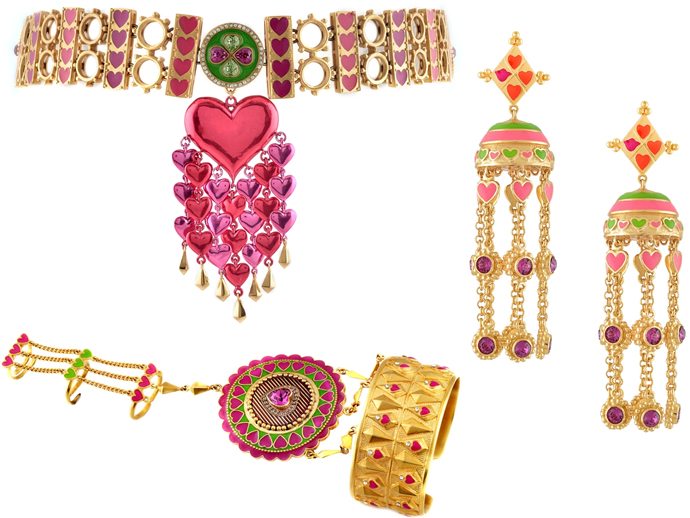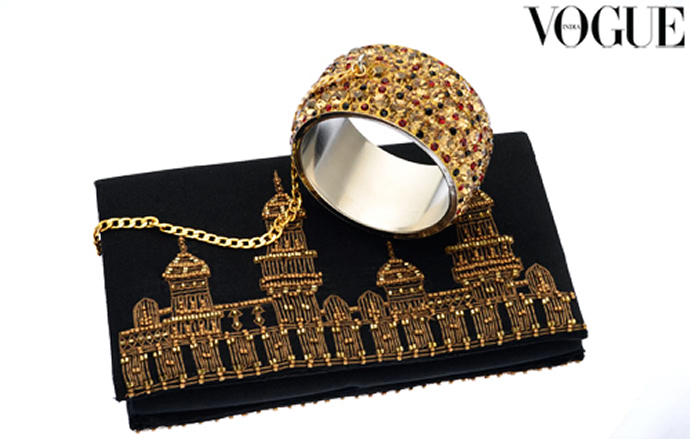‘Art is too important not to share’ and so is the artist. We celebrate and applaud the work of luxury brands around the world, but it is in fact a standing testament of an artistic person’s beautiful mind. The same can be said about Fabergé’s designer Liisa Tallgren. She began her artistic journey on a foundation course at Västra Nylands Folkhögskola in Karjaa, Finland. There she committed herself to courses like painting, sculpture, and jewelry that solidified her passion for metalwork. She went on to hon her skills, training at the University for the Creative Arts Rochester, and gained a BA Hons in Silversmithing, Goldsmithing, and Jewellery. Today we talk to Liisa about her incredible artistic journey, her interesting career choices, Fabergé experiences, and what’s in store for the jewelry industry in the future.
– Out of the various art fields, you have gained experience and knowledge from, like painting, printmaking, ceramics, and sculpture; which one heavily influences your work today in the field of jewelry?
From a technical point of view, painting helps with making color choices in jewelry. Knowledge of sculpture and ceramics increases the understanding of volume, and printmaking helps with pattern and decoration.
I love that all mediums have their own characteristics, their strengths, and weaknesses. What works in one medium might not make sense at all in another. However, I often find that a particular effect in painting might inspire ideas of how to achieve that feel on metal. Although skills and knowledge of different mediums are not always directly transferable, working with different materials and techniques sparks creativity and challenges me, keeping my mind fresh!
– When you work with a luxury jewelry brand that is almost 200 years old and has done it all, how do you manage to come up with unique designing and creative concepts for collections? Where does your inspiration come from?
There are endless possibilities for design, so I never get bored! Many consider it to be a challenge to design pieces that celebrate the heritage of a brand while remaining relevant today, especially when many people have a perception of what they expect from a heritage name. However, Fabergé has constantly evolved and pushed the boundaries of design so nothing is out of the question.
I find that often the most charming results come from mixing something new with the old.
I was taught to design by variables and that, together with my strengths and weakness, my sensitivity to the language or the “mood” of the curves, forms, and colors means that I don’t need a huge amount of inspiration from the outside world to be able to design. If one must always have references, how does one create something new?
– Do you have a Faberge favorite? Any specific piece of jewelry from the archives that stands out for you?
My favorite historic Fabergé jewelry piece is a heart-shaped aquamarine brooch that has a diamond surround tied up into a bow at the top. There is a gap between the diamond surround and the aquamarine, and the large stone is set with rub over set diamonds. I think this is an incredibly harmonious piece that despite having a large center gemstone, looks very delicate and unpretentious. The bow is very well made and shows off the skills of the craftspeople who made it. This concept of pave rows and rub over set diamonds in between is utilised by many contemporary jewelers.
– When we hear Fabergé, we think of Fabergé eggs. How do you plan to expand/change this notion towards customized jewelry instead of clients at Fabergé?
We have carried on the Fabergé tradition and eggs still form part of our collections today, however, we are far more than this. We create an array of colorful creations that are just as iconically Fabergé. For example, our Colours of Love collection features elegant fluted rings with a rainbow of colored gemstones. These epitomize our motto of ‘A Life in Colour’ and are a fabulous reimagination of traditional techniques in a new and exciting form. We also offer a bespoke service to our clients, where there really is no limitation to what we can create. We ensure that our key elements of wit, surprise, and color are evident in every piece we create.
– Very few women get into this demanding sector of design as it is particularly difficult. What led you to venture into this industry?
I was originally dreaming of a career as an artist, but when it came closer to making decisions I grew increasingly anxious about the uncertainty of making a living as an artist, so I decided to do craft or design instead – which I’m so pleased for now. I initially started in metalwork but after a couple of years working in a workshop, I realized that I had deviated too far from my inclination and did a post-graduate design course with Stuart Devlin at The Goldsmiths’ Centre. And the rest, as they say, is history.
I have had many ‘less-than-glamorous’ years behind me, but I don’t see them as a waste of time; instead, they helped me learn to be humble and appreciate the work of others, whatever that may be.
– How do you think the pandemic will affect the future of bespoke objet d’art?
Despite the pandemic, there has still been interest in Objet d‘Art. Of course, it is hard to predict the future, but we are seeing that despite what happens, people still want to invest in works of art, so commissioning a Fabergé Objet d’Art will still attract those looking for something unique and surprising.
– The vibrant ‘Colors of Love’ collection by you is incredibly attractive and has inspired us to ask you what are your favorite materials to use for a collection?
I love color! In fact, the Colours of Love collection was my first collection for the Maison. My favorite materials are different colored gemstones and colored pearls, carved hardstones, and rose-cut diamonds. I love textured yellow gold, green gold, and rose gold and in larger items, silver, for its color that is unmatched by other white metals. I also love the fact that silver can oxidize and can be polished again; it is as if it had a life of its own.






